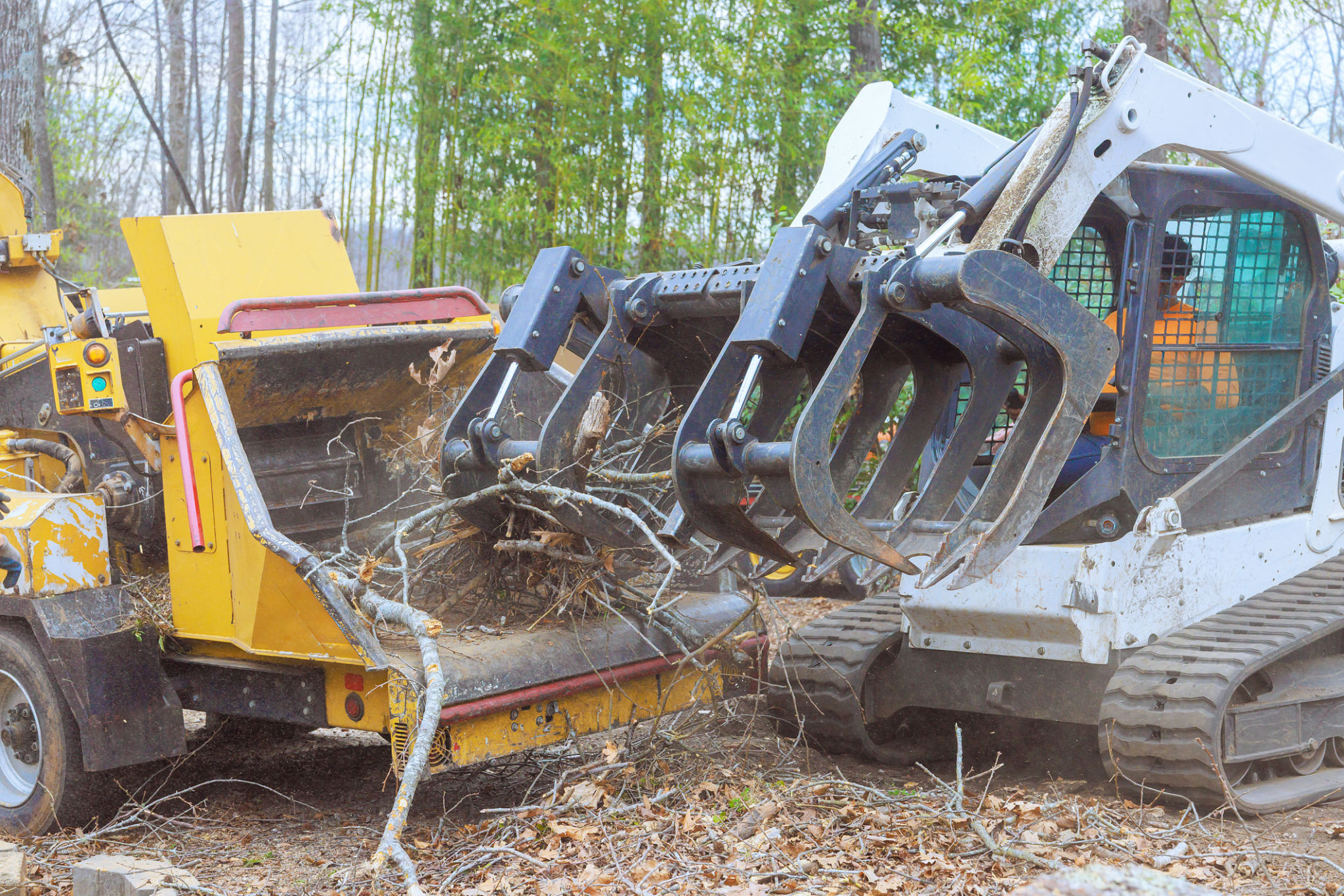Case Study: Improving Forestry Equipment with Virtual Sensor Integration
JM
Introduction to Virtual Sensor Integration
The forestry industry is continuously evolving, and the integration of technology has become a crucial part of this transformation. One of the most promising advancements is the use of virtual sensors in forestry equipment. These sensors offer a comprehensive way to monitor and enhance performance, leading to better efficiency and sustainability.
Virtual sensors are software-based solutions that simulate the functionality of physical sensors. They use algorithms and data from existing physical sensors to provide additional insights. This case study explores how these virtual sensors have improved forestry equipment operations.

The Challenge in Forestry Equipment
Forestry equipment faces unique challenges, including harsh environmental conditions, the need for precise operations, and the demand for sustainability. Traditional physical sensors can be expensive to maintain and may not provide the necessary depth of data analysis required.
Manufacturers needed a solution that could enhance the machinery's capabilities without adding significant costs. Virtual sensors emerged as a solution to these challenges, offering a more flexible and scalable approach to data collection and analysis.
Performance and Efficiency
Integrating virtual sensors into forestry equipment has led to significant improvements in performance and efficiency. By simulating multiple sensor inputs, operators can receive real-time data on machinery conditions, allowing for quicker adjustments and better decision-making.

Cost-Effectiveness
One of the most significant benefits of virtual sensors is their cost-effectiveness. Unlike physical sensors, which require installation and regular maintenance, virtual sensors can be updated and adjusted remotely. This reduces the need for expensive hardware and lowers overall maintenance costs.
Additionally, virtual sensors can be easily integrated with existing systems, minimizing the need for extensive training or infrastructure changes.
Environmental Impact
The integration of virtual sensors also supports the forestry industry's sustainability goals. By providing detailed insights into equipment operations, companies can optimize fuel usage, reduce emissions, and minimize waste. This leads to a more environmentally friendly approach to forestry management.

Future Prospects
The success of virtual sensor integration in forestry equipment opens the door to future innovations. As technology advances, these sensors will become even more sophisticated, offering deeper insights and control over equipment operations.
Companies investing in virtual sensor technology now are positioning themselves as leaders in innovation, paving the way for a more sustainable and efficient future in the forestry industry.
Conclusion
Virtual sensor integration in forestry equipment is more than just a technological advancement; it's a strategic move towards greater efficiency, sustainability, and cost-effectiveness. By embracing this technology, the forestry industry can overcome its unique challenges and set a new standard for innovation.
This case study highlights the transformative potential of virtual sensors, showcasing how they can revolutionize the way forestry equipment operates, ultimately contributing to a more sustainable future.
